A Middle East Facing a New Reality
On October 7, 2023, Hamas’s unprecedented terrorist attack against Israel shook the Middle East. In a matter of hours, hundreds of Israeli civilians were massacred or abducted, and many more were injured, sparking a global shockwave. Israel’s response was swift: it launched a large-scale military campaign against Hamas in the Gaza Strip, aiming to eradicate Hamas’s military apparatus and remove it from power, while creating conditions for the release of all the hostages. This war lasted for many months, exposing Israel to threats on multiple fronts. The conflict heightened regional and global tensions, raising fears of a widespread conflagration. Yet, amid this major crisis, new diplomatic balances emerged, outlining the contours of an alternative path for the region.
From the outset, the reaction of Arab states was measured but significant. While the Arab street expressed anger and solidarity with Hamas and the Palestinians of Gaza, Arab governments sought to prevent uncontrollable escalation. Most pragmatic Arab countries condemned both Hamas’s attacks and what they deemed disproportionate Israeli reprisals, calling for the protection of civilians and a ceasefire. Nevertheless, no decisive diplomatic break with Israel occurred among the signatories of the Abraham Accords or other moderate partners. A delicate balancing act took hold: supporting the Palestinian cause and managing public outrage, while making sure not to burn the bridges built with Israel. This pragmatic stance demonstrates a Middle East actively re-evaluating its strategic priorities.
Resilience of the Abraham Accords Amid the Storm
The Abraham Accords —normalization agreements concluded in 2020 between Israel and several Arab states (the United Arab Emirates, Bahrain, Morocco, Sudan) —were put to a severe test by the war in Gaza. Some predicted that the bloodshed and public indignation would force these countries to backtrack. Yet that was not the case: despite pressure from the street and widespread criticism, the signatory governments demonstrated remarkable resilience. Not one formally renounced the existing peace agreements with Israel. On the contrary, privately, communication channels remained open, and security and economic cooperation often continued quietly.
This resilience is explained by deep strategic interests. For the Gulf states in particular, the ties forged with Israel provide tangible benefits in terms of technology, intelligence, and defense against common threats, whether Islamist extremism or Iran’s missiles. The trust built in recent years was not destroyed by the conflict, although it was certainly put to the test. For example, the UAE strongly condemned the civilian casualties in Gaza and delivered humanitarian aid to the Palestinians, all while keeping its embassy in Tel Aviv open and continuing to honor economic partnerships with Israel. Similarly, Morocco and Bahrain distinguished between their rejection of violence against Palestinian civilians and the continuation of constructive dialogue with Israel. In this sense, the Abraham Accords have demonstrated their robustness: in the heart of the storm, they remained the bedrock of an emerging cooperation that neither propaganda nor calls for rupture could completely break. In fact, the crisis confirmed to many leaders that isolating Israel was no longer a viable option, and that engagement was the only responsible way to positively influence the situation.
A Balancing Diplomacy in Action
At the same time, an unprecedented balancing diplomacy unfolded in the Middle East. Regional players took multiple initiatives to maintain a fragile equilibrium among the powers involved and to avoid a wider conflagration. Saudi Arabia —engaged since early 2023 in a historic rapprochement with Iran —
continued along this path despite the Israeli-Palestinian conflict: Riyadh maintained dialogue with Tehran to rein in the zeal of certain pro-Iranian militias, while coordinating with Washington and other partners to urge de-escalation in Gaza. This dual approach exemplifies the new Saudi stance: no longer depending on a single camp, but engaging with all sides to protect its interests and regional stability.
Other mediations emerged: Qatar, despite its closeness to Hamas, served as a key intermediary in negotiations for the release of Israeli hostages held in Gaza, working closely with the United States and Egypt. This triangular cooperation between a Gulf emirate, a Western power, and the largest Arab country attests to heightened diplomatic flexibility. Similarly, Turkey, despite its harshly critical rhetoric toward Israel during the war, maintained active diplomatic and intelligence channels with Jerusalem, thus avoiding a complete break. A kind of regional Realpolitik has emerged: each actor strives to preserve its relations with the various sides of the conflict.
However, this fragile equilibrium was brutally put to the test in June 2025, when a long-simmering confrontation between Israel (and the United States) and Iran escalated into open war. Twelve days later, a tacit cease-fire was established under heavy diplomatic pressure from Washington. No treaty was signed, but each side understood it had reached the threshold of what was bearable: Israel had proven its military superiority, and Iran its capacity to retaliate.
Persistent Threats to Regional Normalization
Despite recent progress toward regional normalization, significant risks remain that could slow or even reverse this fragile momentum. Chief among them is the destabilizing role of Iran and its network of regional proxies, which view the growing partnerships between Israel and Arab states as a direct threat to their influence. The risk of renewed hostilities looms across multiple fronts: any military escalation involving Hezbollah in Lebanon, a resurgence of conflict with Hamas in Gaza, or further attacks on Red Sea shipping lanes could severely test the resilience of these emerging ties.
At a deeper societal level, entrenched anti-Israel rhetoric in certain educational systems, religious discourse, and media outlets continues to fuel mistrust and rejection. Extremist narratives—widely amplified through social media—further polarize public opinion. Taken together, these factors underscore the reality that, despite meaningful diplomatic advances, the normalization process remains fragile and potentially reversible without a broader shift in societal narratives and mindsets.
To address these challenges, a multidimensional strategy is essential, built around four complementary pillars. The first is diplomatic: it requires stronger coordination among allies, the active involvement of credible regional mediators such as the UAE, Saudi Arabia, and Qatar, and the reinforcement of existing dialogue channels. The second is security-related: collective deterrence against regional threats must be coupled with deeper intelligence cooperation and sustained logistical support from international partners to prevent destabilizing actions.
The third pillar concerns the information space: promoting moderate counter-narratives, empowering responsible media, and fostering cooperative communication platforms are all critical to neutralizing extremist propaganda and preserving trust between societies. Finally, on the educational and societal fronts, long-term reforms are needed: revising school curricula to eliminate stereotypes, encouraging interfaith dialogue, and launching youth programs and cultural exchanges. These initiatives will help build a durable regional culture of peace and tolerance.
Only a comprehensive, coherent, and patient approach grounded in these pillars can anchor normalization and embed stability deep within Middle Eastern societies. Sustainable peace will not be built through treaties alone—it requires shared resilience in the face of forces that still seek to divide.
Media and Influence Diplomacy: Keys to Peace?
In this crisis, another battlefield proved decisive: that of information and public opinion. More than ever, public diplomacy and influence diplomacy became essential for shaping perceptions and paving the way toward resolving the conflict. Images of destruction in Gaza and tragic accounts of Israeli victims ran in continuous loops, threatening to trap each side in anger or despair. This is where the role of media and seasoned communicators becomes critical. As a specialist in strategic communication and international relations, I understand that explaining is more effective than demonizing. Offering a balanced narrative, contextualizing events, and giving voice to all good-faith perspectives can make the difference between mutual misunderstanding and the beginning of a dialogue.
Influence diplomacy consists precisely of using media, cultural, and educational tools to bring peoples and viewpoints closer together.
Some public diplomacy efforts seek to speak directly to foreign audiences. We saw Israeli officials address Arab media to reaffirm that Israel was not fighting the Palestinian people but a terrorist group, while moderate Arab leaders spoke out in the Western press to plead the Palestinian humanitarian cause without legitimizing Hamas. These exchanges, still tentative, are the beginnings of a new approach in which winning international and regional public opinion counts as much as behind-the-scenes diplomatic negotiations.
In the long run, winning the battle for hearts and minds is indispensable to isolate extremists and build popular support for peace. In this effort, responsible media play a peace-builder’s role: they can deconstruct prejudices, highlight positive initiatives, and thus help free the Middle East from the logic of hatred.
Transformative Partnerships and a Break with the Past
In the background of the Trump plan, a quieter yet equally revolutionary transformation is taking shape in some quarters of the region: the rise of technological, economic, and security partnerships between Israel and its Arab neighbors, which is reshaping the Middle East. Where for decades ideology and dogma passed for policy —refusal of any contact with Israel, systematic boycotts, bellicose rhetoric —we are now witnessing a pragmatic approach focused on concrete results. This break with the ideological habits of the past is evident on the ground, through tangible successes that improve people’s lives across the region and strengthen their interdependence.
Economic integration. In the economic sphere, trade between Israel and the Arab countries that normalized relations has exploded since 2020. Despite a recent wartime slowdown, the underlying trend remains upward. The UAE and Bahrain signed free trade agreements with Israel, throwing open the door to investment and commerce. As a result, Israeli products can now be found in Dubai supermarkets, while Gulf investment funds are financing start-ups in Tel Aviv. Joint ventures are emerging in sectors ranging from tourism to fintech to healthcare. For example, Israeli companies are collaborating with Emirati partners to develop water desalination and sustainable desert agriculture technologies, offering solutions to chronic water shortages in the Arabian Peninsula. For its part, Morocco is benefiting from Israeli expertise in irrigation and agricultural management to improve yields in arid areas; in return, Moroccan firms are investing in Israel and new university exchange programs have been launched. These collaborations, unimaginable just a short time ago, are beginning to bear very concrete fruit: more jobs, more opportunities, and innovation stimulated by a diversity of partners.
Technology and energy. In the technological and scientific realm, ties are also multiplying. A “digital corridor” is taking shape between Tel Aviv, Abu Dhabi, and Manama: joint research centers are working on artificial intelligence applied to healthcare and cybersecurity. In 2024, an initiative was launched to connect electric grids and promote renewable energy on a regional scale, with Israel, Egypt, and Jordan interconnecting their infrastructure under Emirati sponsorship. As a sign of the times, even space has become a field of collaboration: Israeli and Emirati engineers cooperated in launching joint observation satellites and now share data on climate and the environment, to everyone’s benefit.
Security cooperation. Security is not lagging behind —on the contrary, it is often the quiet engine of these new alliances. In the face of the Iranian threat and jihadist groups, an unprecedented level of security coordination is underway. Under U.S. auspices, Israel and several Gulf states are sharing intelligence on terrorist networks and arms trafficking. In 2022, Israel’s inclusion in the U.S. Central Command (CENTCOM) facilitated joint military exercises with Arab armies, breaking another historic taboo. In April 2024, Iran launched over 300 drones and missiles toward Israel, prompting an unprecedented display of regional military cooperation. Jordan intercepted several Iranian drones and allowed Israeli fighter jets to operate in its airspace, while Saudi Arabia and the United Arab Emirates shared intelligence and expressed readiness to neutralize any hostile projectiles. These coordinated actions marked a historic shift, underscoring a new level of strategic alignment among former regional rivals in the face of a shared threat. During the Gaza war, this cooperation manifested itself subtly: for example, Israeli anti-missile defense systems reportedly continued to shield Emirati cities from possible explosive drone attacks launched by pro-Iranian militias in Yemen — proof that even in a time of crisis, the partners did not let each other down. Morocco, for its part, signed strategic arms agreements with Israel to modernize its forces, thereby forging a long-term defense relationship. These security partnerships bolster regional stability: by uniting their forces, Israelis and moderate Arabs are better able to deter warmongers and address common challenges together.
These on-the-ground successes illustrate an irreversible trend: priority is now given to development, modernization, and collective security rather than to the ideological struggles of the past. This does not mean that deep political differences—notably the Palestinian question—are forgotten, but it does mean a change in method. Rather than letting these disputes paralyze all cooperation, pragmatic Israelis and Arabs are choosing to advance where it’s possible, hoping that shared prosperity will eventually create a context more favorable to resolving political conflicts. In short, peace is being built from the bottom up through exchanges and concrete projects, to be consolidated from the top down when the political context allows.
This marks a clear break from previous decades, when it was claimed that nothing was achievable until the Palestinian issue was resolved. The new approach does not deny the importance of that issue, but it refuses to let it serve as a permanent veto preventing progress elsewhere. And it must be acknowledged that this approach is yielding tangible results, gradually eroding prejudices and showing publics that cooperation with the “former enemy” can indeed bring mutual benefits. However, the upcoming meetings at the White House, particularly with Saudi Arabia, will be crucial and decisive for the future of the region.
Regional Openness vs. European Polarization
It is striking that even as the Middle East is gradually opening up to an era of cooperation and pragmatism, Europe seems to be growing ever more tense and polarized over the Israeli-Palestinian question. The contrast is glaring. On one side, in Arab capitals, Israeli delegations are received officially, trade agreements are signed, and future projects are discussed hand in hand. On the other side, in certain European cities, pro-Palestinian and pro-Israeli demonstrations clash violently, the political class is deeply divided, and public debate sometimes turns into a sterile ideological confrontation.
The 2023–2025 Gaza war brought these fractures within European societies into stark relief. In France, Britain, Germany, and Spain, positions hardened and each camp dug into antagonistic narratives. A portion of the European left vehemently denounced Israel’s response, likening Israel to an oppressive colonial power and calling for severe sanctions. In contrast, many leaders and parties on the right reaffirmed Israel’s right to defend itself against terrorism, emphasizing the barbarity of Hamas’s attacks and the need to combat Islamist extremism. This divide not only paralyzed the European Union’s ability to wield diplomatic influence—the 27 member states struggled to speak with one voice during the crisis—but it also fueled troubling internal tensions. The resurgence of antisemitic incidents illustrated how the Middle East conflict was reverberating negatively through Europe’s social fabric.
This polarization is all the more striking when contrasted with the region’s own evolution. While Europeans and Americans fiercely debate whether to support Israel unconditionally or to champion the Palestinian cause at all costs, the main stakeholders in the Middle East— Israelis and Arabs—are exploring unexpected paths of rapprochement. To be sure, Arab public opinion remains largely sympathetic to the Palestinians and critical of Israel, but quite a few of the region’s governments appear to have recognized that the systematic demonization of Israel leads nowhere constructive. They are pivoting toward realism, whereas the European debate often bogs down in rigid ideological postures.
This is not to blame Europe for being moved by a bloody war—such a reaction is human and legitimate. However, Europe would benefit from looking more closely at what is working in the Middle East today. The regional opening underway, symbolized by the Abraham Accords and recent diplomatic efforts, shows that one can commit to defending “Palestinian rights” while also engaging with Israel and building the future together. Gulf countries— once inflexible on the Palestinian cause —have realized that keeping Israel isolated will not advance peace or development in the region. On the contrary, by cooperating with the Jewish state, they can more effectively encourage it to make political concessions while mutually reaping the rewards.
Europe, with its long experience of reconciliation on a continent once torn by war, should be the foremost supporter of this pragmatic peace momentum. Yet some of its elites and public opinion still seem trapped in a binary, emotional vision of the conflict, ignoring the transformations underway on the ground. The risk, if this gap continues to widen, is that Europe will marginalize itself in the Middle Eastern diplomatic arena even further, at the very moment when a new regional order is being built without it.
Toward a New Peaceful Regional Order
The call of this “Free Middle East!” manifesto is clear: it is time to free the Middle East from the destructive cycles of the past and to resolutely support the historic momentum toward stability and cooperation. The events since 2023, tragic as they were, have opened many actors’ eyes to the dead end of perpetual violence and ossified ideological stances. A new momentum has been born, driven by a convergence of interests and a common aspiration for prosperity. This momentum deserves to be encouraged and amplified, for it carries the promise of a Middle East finally enjoying coexistence—a region where all peoples can build their future without fear.
Supporting this momentum entails:
- First – backing concrete peace initiatives like the 20-point plan for Gaza. The international community must remain mobilized to ensure this plan is implemented: consolidating the cease-fire, helping achieve the effective disarmament of Palestinian armed groups, and then launching deradicalization programs and generously funding Palestinian reconstruction and economic development, and supporting the formation of responsible technocratic governance in Gaza. This also means showing firmness toward those who in fact oppose the plan on both sides—whether the extremists in Israel who balk at any political concession, or the Palestinians and their sponsors who are committed to the Palestinian narrative that denies the existence of a Jewish people and the right of Israel to exist as the Jewish state, supports, rewards and glorifies the struggle against Israel by all means, including violence and seeks to derail the process to perpetuate conflict.
- Second – broadening and deepening nascent regional cooperation. The successes achieved between Israel and Arab states should serve as a model and be expanded. Other countries, starting with Saudi Arabia, can join the normalization movement when they judge the moment opportune; it’s important to create the conditions for this historic leap by demonstrating that the Palestinian issue is not forgotten but in fact better treated through dialogue. At the same time, existing partnerships need to quickly deliver visible benefits for the people: more jobs, better infrastructure, and enhanced security. Each successful project and each fruitful exchange between Israel and its neighbors weaves another thread of trust into the fabric of regional peace.
- Finally – adopting a new mindset. We must break with the fatalism that has too long prevailed about the Middle East. No, this region is not eternally condemned to war and internecine hatred. On the contrary, it can become a region of opportunity, a hub of innovation, and a pillar of stability if both sides choose cooperation over confrontation. It is up to thought leaders, media outlets, intellectuals, and engaged citizens to carry this message of hope. As the head of an international media organization, I am convinced that we must tell this other story of the Middle East — one where former enemies build factories and research centers together, and where Israeli and Arab children grow up unafraid of one another.
The horrific attack perpetrated by Hamas on October 7 was an attempt to force on the Middle East and specifically on the Palestinian-Israeli conflict the logic of barbaric radical Islam, based on hatred and violence. This attempt failed miserably and many in the Middle East understand it. In contrast, the model of peace and cooperation withstood the challenge and proved to be much more appealing. It is up to the peoples of the Middle East to draw the obvious lesson and work hard to implement it, in spite of the ongoing hate indoctrination.
This vision may seem today like a naïve dream as the vast majority of Palestinians support Hamas and the October 7 attack, Iran keeps threatening to rebuild its capabilities and use them, Hezbollah and the Houthis in Yemen refuse to give up their confrontational posture, Turkey and Qatar form a new Sunni radical power and Syria’s direction under the former Jihadist leader, Ahmad al-Sharaa is unclear; but in spite of all of that it is beginning to take shape before our eyes. That is why we must all, each at our own level, support and nurture it. Political leaders, international partners, civil society—everyone has a role to play in consolidating this nascent regional order.
The Middle East of tomorrow is being built today: more stable, more open, more prosperous. Let us help it free itself once and for all from its old shackles. Together, let us turn the page on incessant conflicts and open a new chapter of lasting peace, founded on cooperation and trust. Of course, this endeavor has to be approached with full awareness of the obstacles and threats and must be based on guaranteeing Israel’s security, implementing the lessons of the long war Israel had to fight and win to create the conditions that enable us to envisage this new Middle East. Such is the message of Free Middle East! a call to believe in the possibility of a new Middle East, and to commit actively to bringing it about.
JISS Policy Papers are published through the generosity of the Greg Rosshandler Family.
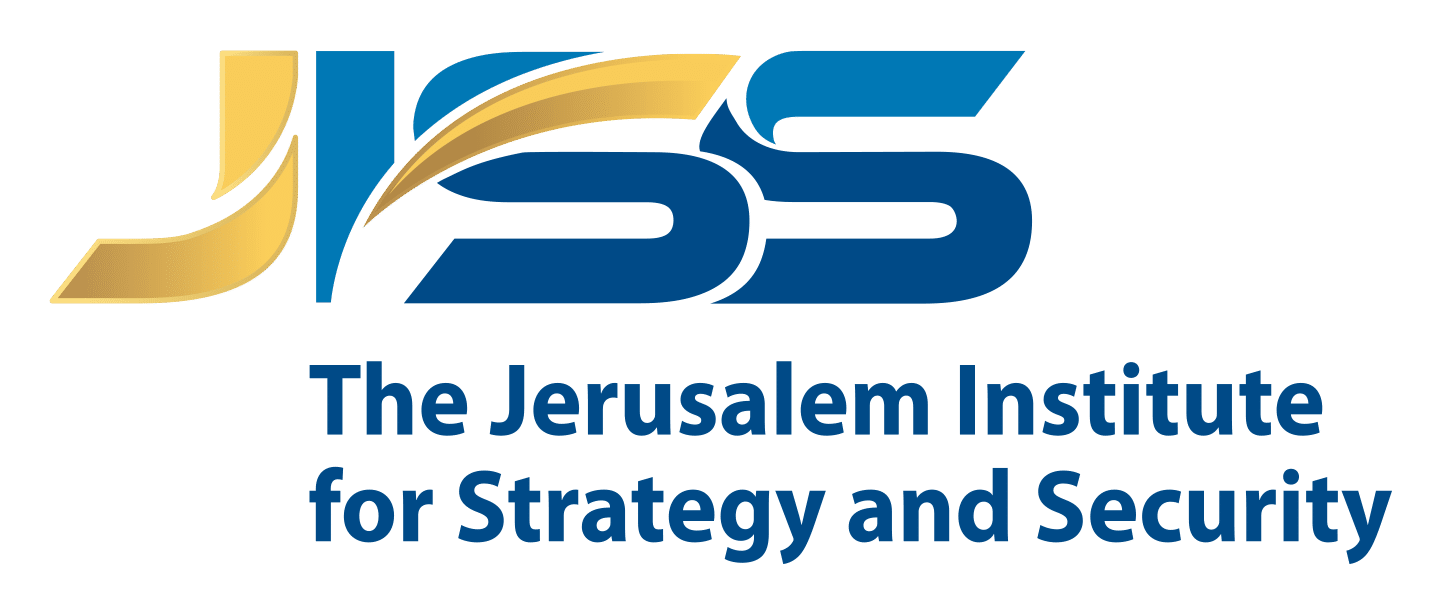





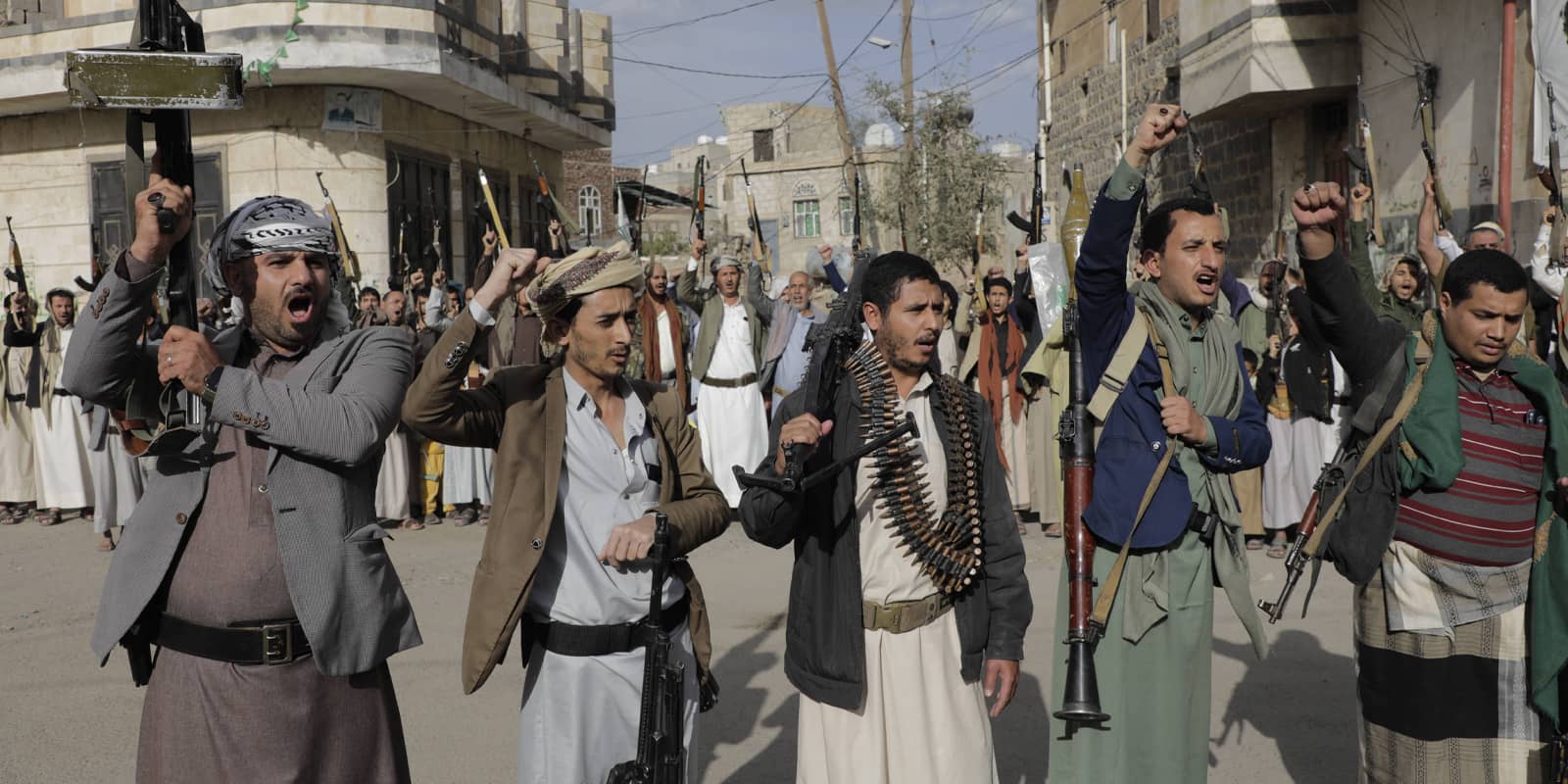
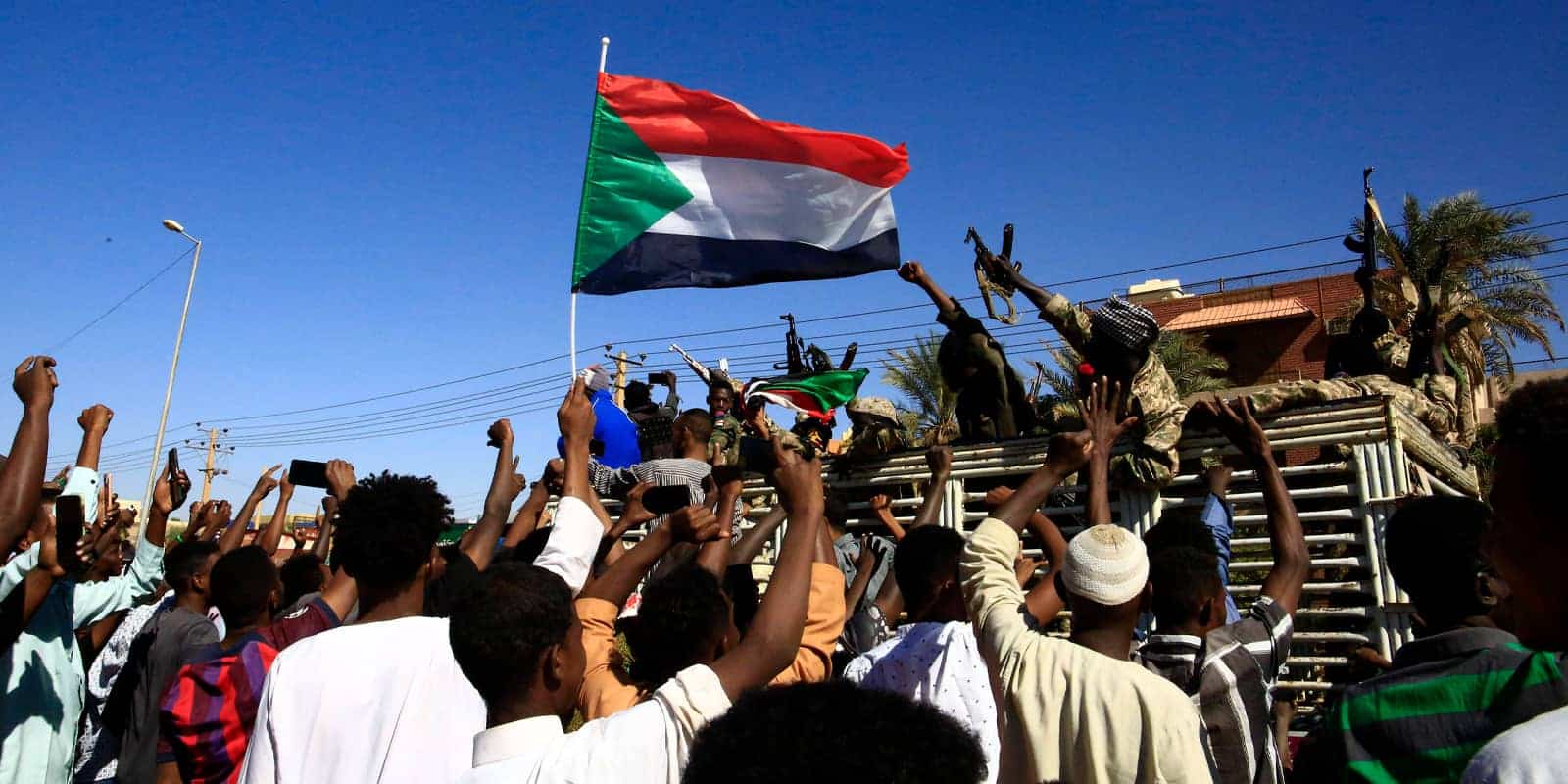
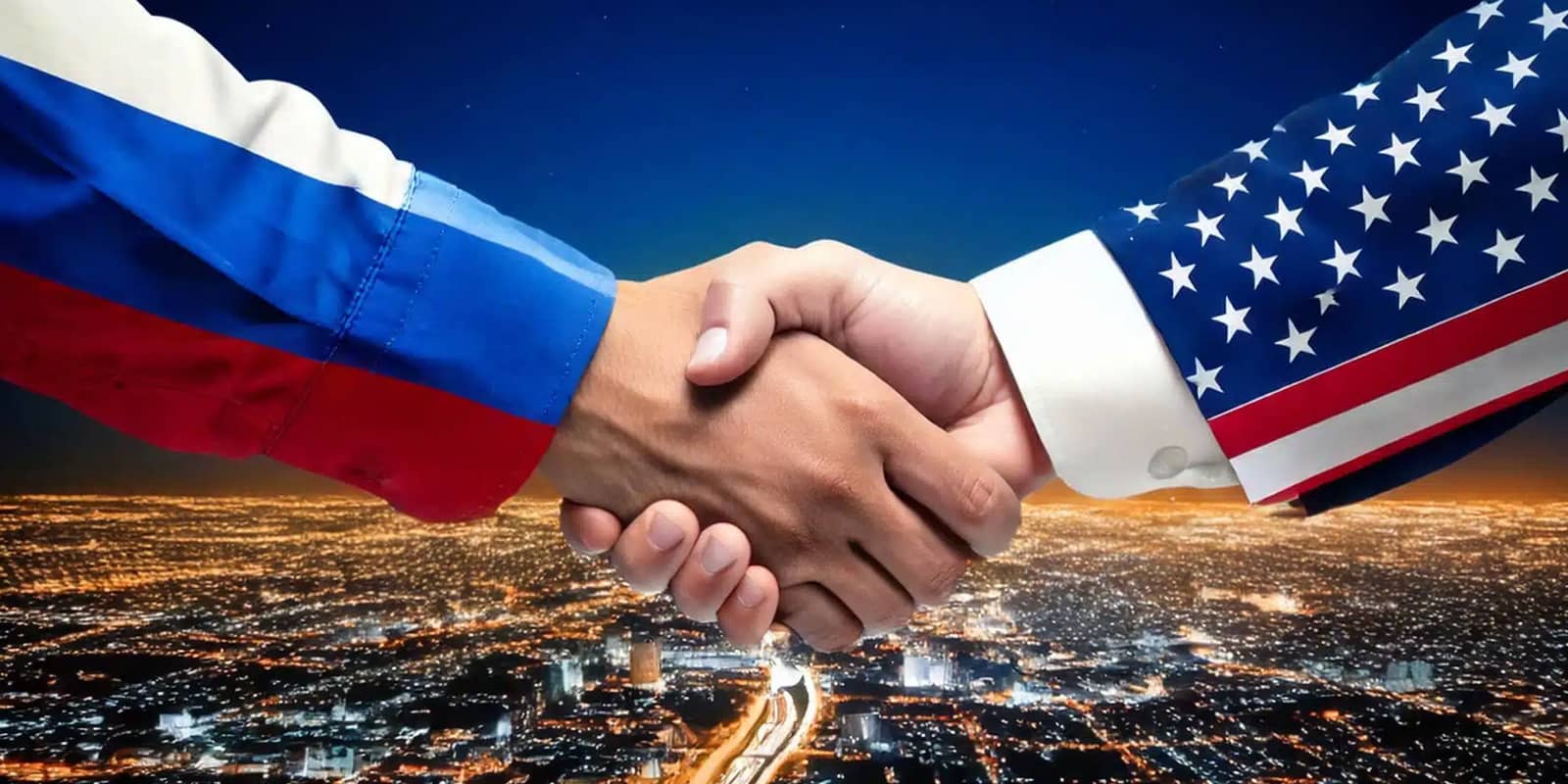
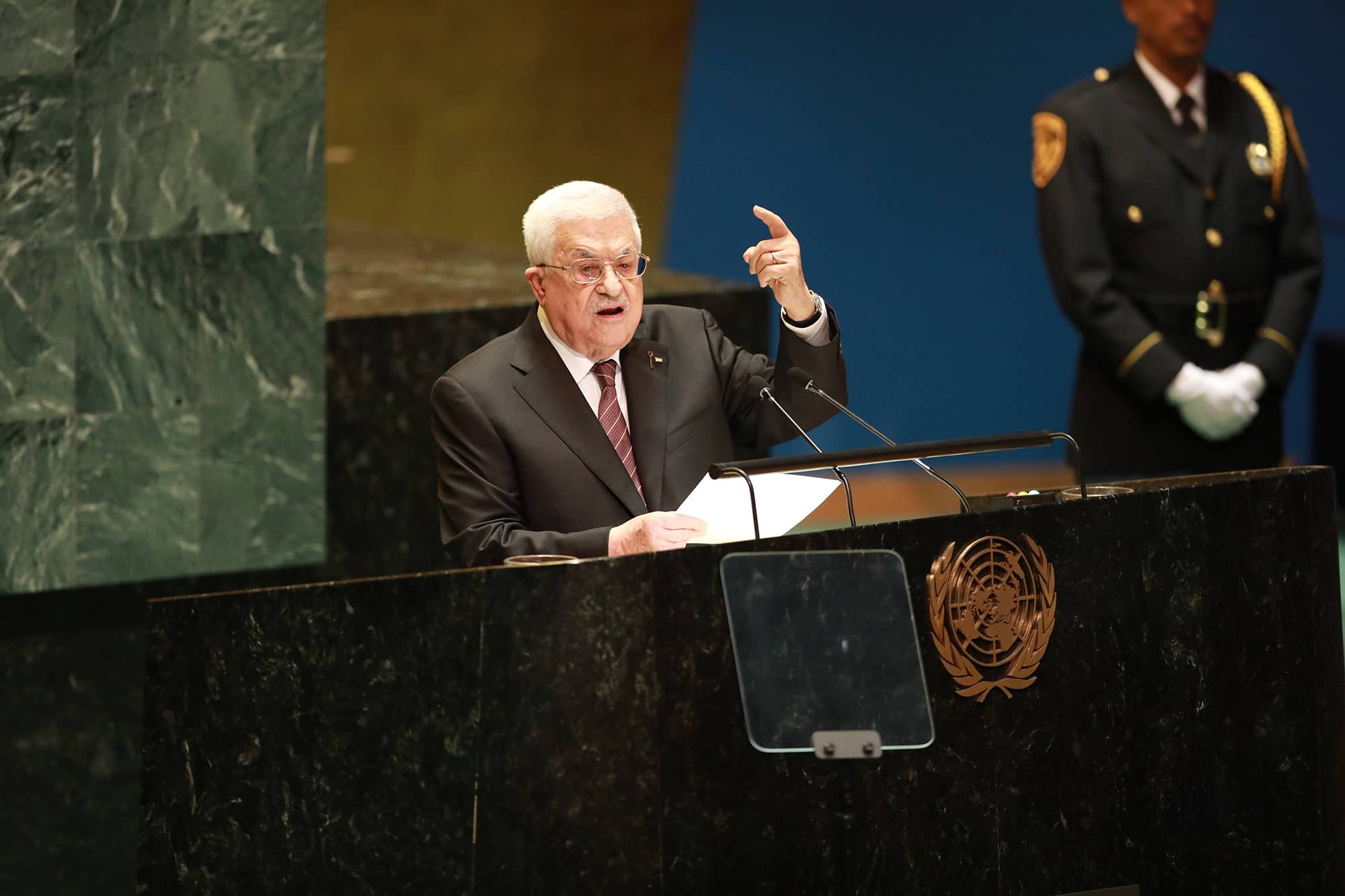
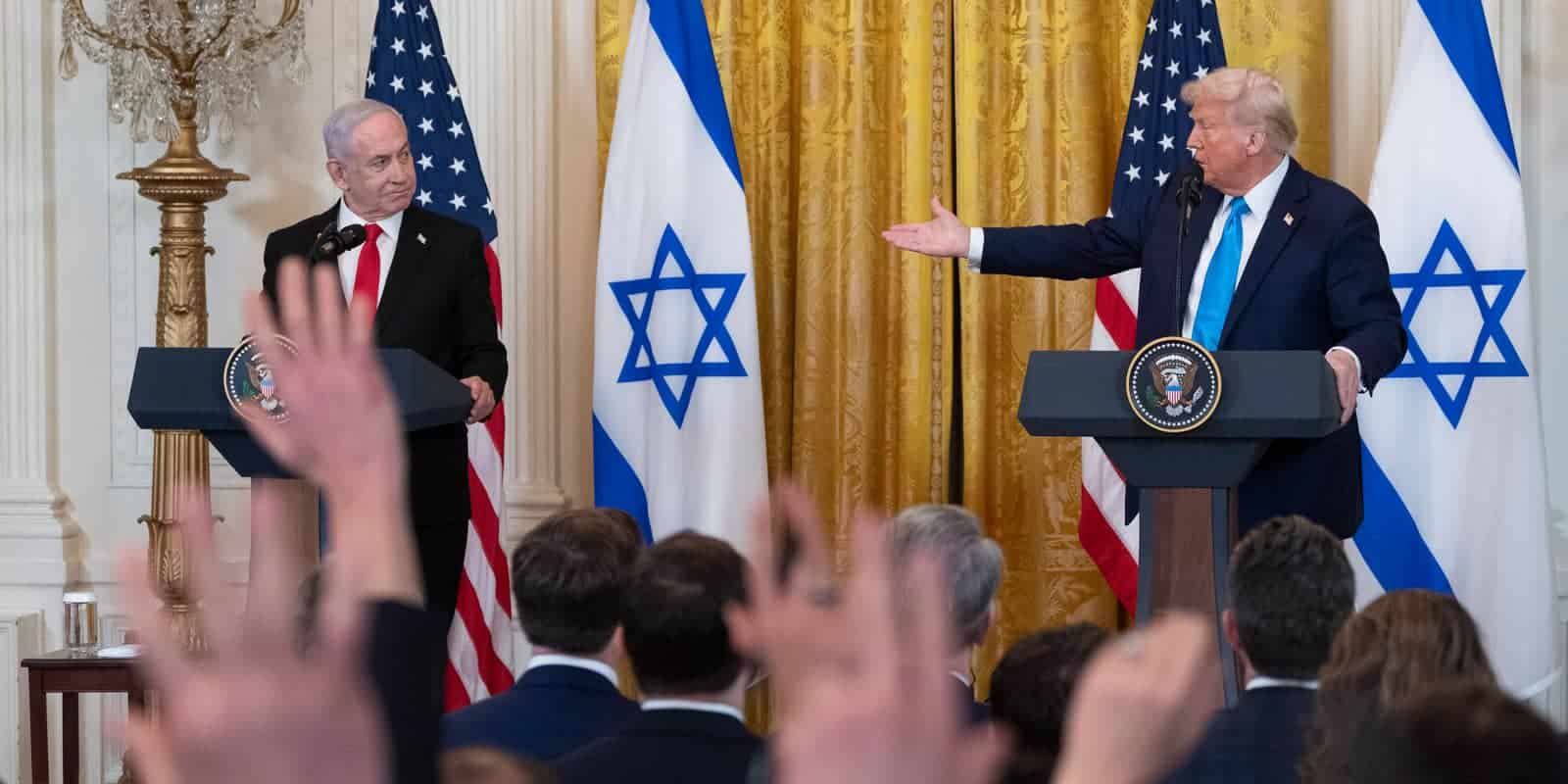

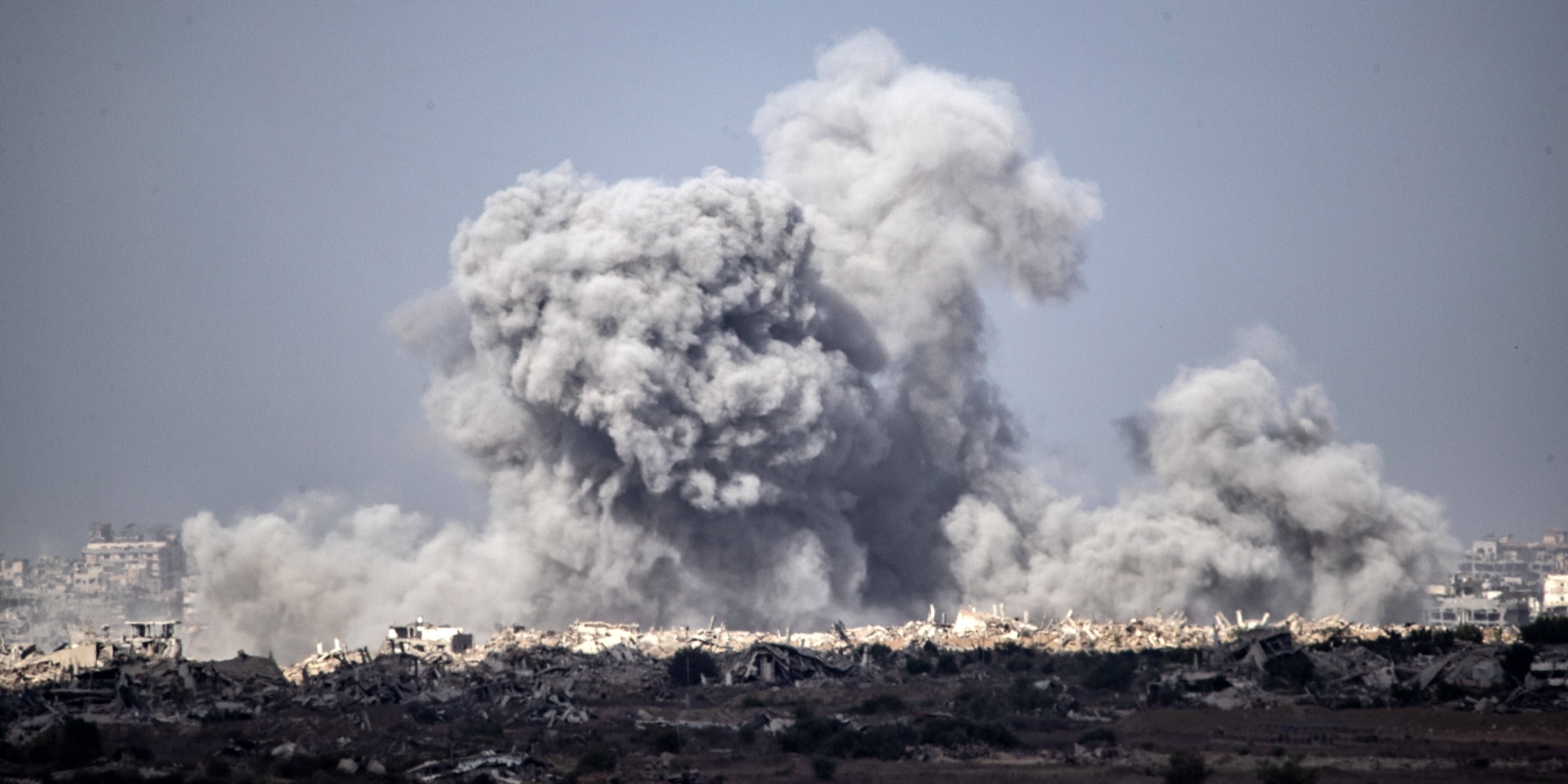
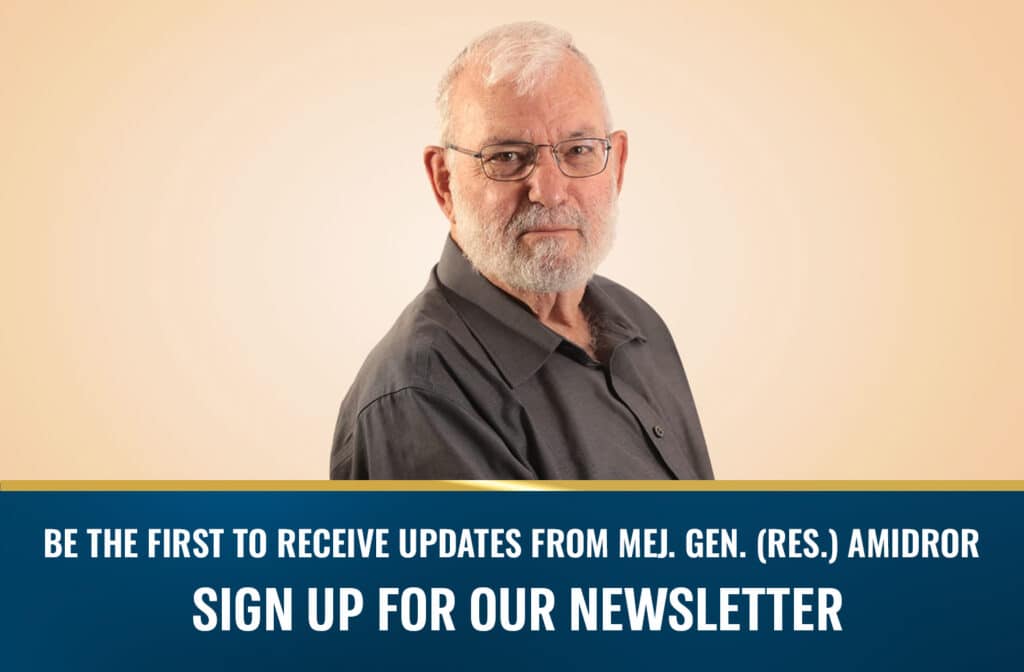
The World Will Not Help Us with Hamas: Only the IDF Can Finish the Job in Gaza